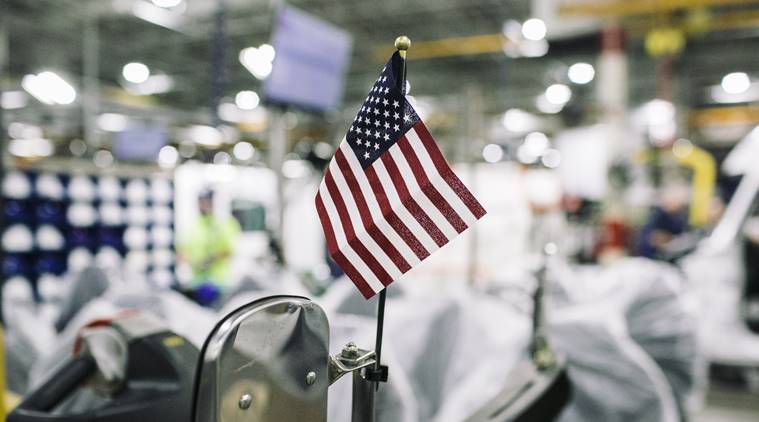
By Nelson D Schwartz
Lawmakers, business executives, and economists have all tried to warn President Donald Trump that his trade policies could hurt growth. On Friday, the government reported that employers added just 75,000 jobs in May, a fact that will be harder for him to ignore.
The increase was a far cry from what economists had expected and a fraction of the number of jobs created in April. The weakness was most evident in sectors that depend on exports and analysts were quick to blame Trump’s tariffs on China and other countries.
The new data from the Labour Department also increases the likelihood that the Federal Reserve will cut interest rates, and is the latest sign that the economy is slowing.
“This should be a clear warning to the administration and the Federal Reserve to tread very carefully on the policy front,” said Scott Anderson, chief economist at Bank of the West in San Francisco. “The May jobs report gives us a taste of what’s ahead if these trade threats continue.”
The economy started the year strong, expanding 3.1% in the first quarter, and the payroll figures don’t suggest that a downturn is imminent. The current recovery has defied recession predictions several times and this month it tied a record for longevity with the boom of the 1990s.
Nor was the news all bad. Unemployment was unchanged at 3.6%, the lowest that number has been in about 50 years. And average hourly earnings increased 0.2%, which was less than expected but better than earlier in the recovery.
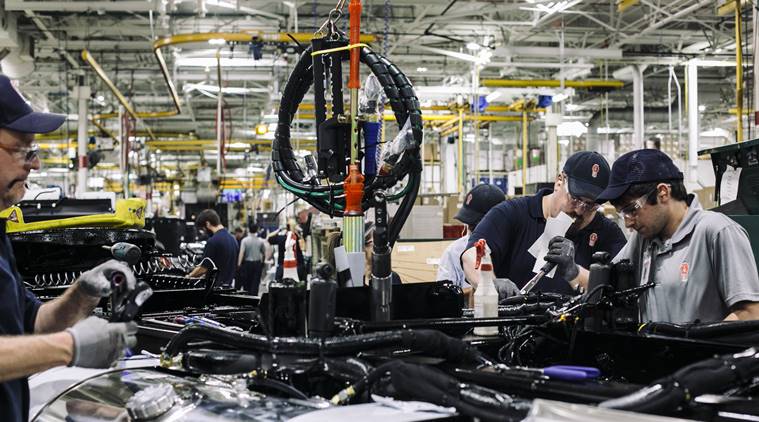
Monthly jobs data can be volatile, with big swings in January, February and March of this year. But the slow pace of hiring in May follows other disappointing indicators. Oil prices and yields on Treasury bonds have both plunged, which suggests traders expect slower growth.
The huge corporate tax cut enacted in late 2017 served as a tailwind for the economy in 2018 and early 2019, but the impact is beginning to fade. In the first five months of 2019, the economy added an average of 164,000 jobs, down from an average gain of 223,000 for all of 2018.
What’s more, retail sales and factory orders declined in April, an indication that consumers and businesses are becoming more cautious. The jobs report Friday also revised down hiring data in March and April by 75,000.
“Overall, the economy is on a fragile footing,” said Lindsey Piegza, chief economist at the investment bank Stifel. “We’re still talking about solid growth at the start of the year but that’s in the rearview mirror. The name of the game is uncertainty.”
At big companies, tariffs are the leading cause of those jitters. The Trump administration has been putting pressure on China for months but tensions increased last month when negotiators failed to reach a deal and the administration increased tariffs on $200 billion worth of Chinese imports.
The threat of tariffs against Mexico is new. On May 30, the Trump administration said it would place duties on imports from that country to compel it to halt the flow of Central American immigrants to the United States.
That announcement came after the Labor Department conducted its employment surveys for May. But those tariffs, which are scheduled to go into effect Monday, are certain to hurt many businesses.
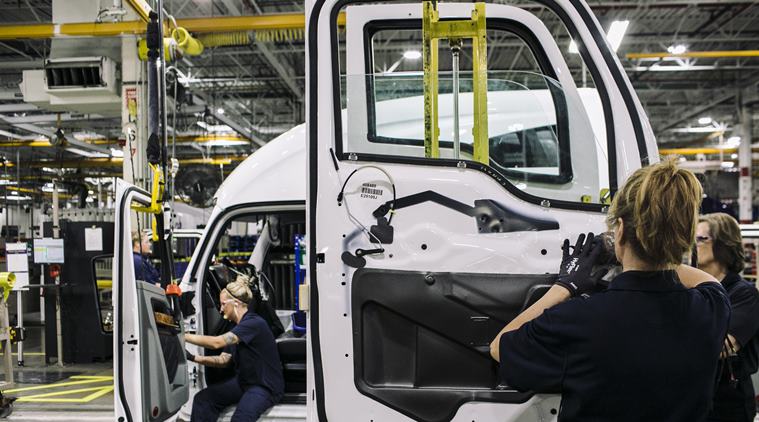
“The shift to Mexico was totally unexpected and it caught people by surprise,” said Neil Bradley, chief policy officer at the U.S. Chamber of Commerce. That effect, he said, was heightened because it came in a statement from the White House, “rather than as an aside to the press or a social media post.”
Senate Republicans are already in revolt over the prospect of tariffs on Mexican imports, and the May hiring figures could make it more difficult politically for Trump to further escalate trade disputes.
“People aren’t buying the idea that tariffs are good for the economy,” said Aparna Mathur, a resident scholar at the American Enterprise Institute, a right-leaning group. “I hope these numbers would make the Trump administration more cautious and have some impact on their decision to impose tariffs, whether it’s China or Mexico.”
On Friday, Trump did not comment on the jobs report on Twitter, breaking from his usual practice. But he said that a 5% duty on Mexican imports would go into effect Monday unless the country agreed to a deal under which it would buy American agricultural products “at very high levels, starting immediately.”
The duties on China and other countries have forced large manufacturers, home contractors and other businesses to pay higher prices for components and basic materials. Eventually, analysts believe businesses will have to pass these higher costs onto consumers by raising prices.
“It may not lead to firing but it may cause businesses to postpone hiring,” said Michelle Meyer, chief United States economist at Bank of America Merrill Lynch.
Meyer’s economic forecast calls for growth to slow to less than 1.5% in the second half of the year. In the current quarter, she estimates the economy will grow 1.9%; other analysts think growth will be closer to 1%.
She has been keeping a close eye on job creation in the goods sector, relative to hiring in service industries. “If global weakness or the trade war filters in, it’s going to have a bigger impact on the goods side of the economy,” she said.
Manufacturers are among the most sensitive to the rhythms of international trade, depending on foreign companies as suppliers and customers. China and Mexico have been an important parts of their supply chains for years and it won’t be easy for these companies to find alternatives.
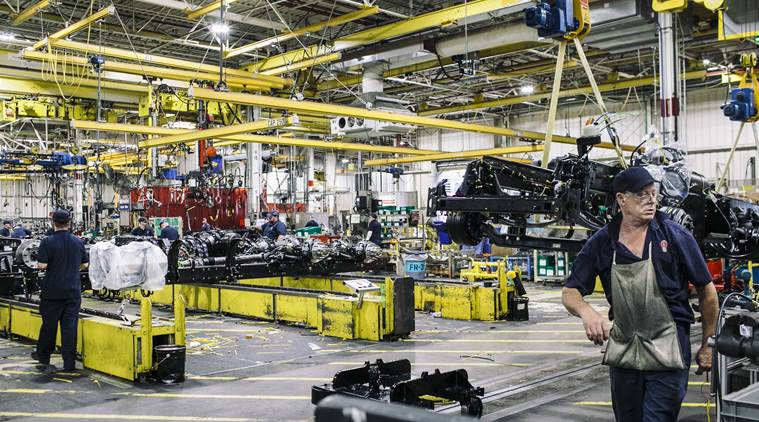
Retaliatory tariffs imposed by other countries have also made U.S. exports less competitive on world markets. It’s perhaps not surprising then that factory employment is up just 30,000 this year compared with a gain of 110,000 in the first five months of last year.
Hiring in sectors like manufacturing and mining and logging slowed to a crawl in May, while the services sector showed vigor. The professional and business services category added 33,000 jobs and health care added 24,000 jobs.
The retail sector, battered by the rise of e-commerce, lost jobs for the fourth month in a row. Employment in the sector has dropped by 50,000 since January.
On Friday, the latest numbers prompted economists on Wall Street to predict the Fed would cut interest rates as soon as next month. Jerome H. Powell, the central bank’s chairman, hinted Tuesday that policymakers were prepared to cut rates if the trade war hurt the economy.
Until relatively recently, the expectation was that the Fed would continue raising its benchmark interest rate, something it started doing in December 2015. The Fed changed course in January, when Powell suggested that very modest inflation and weakness in Europe and China warranted a neutral stance.
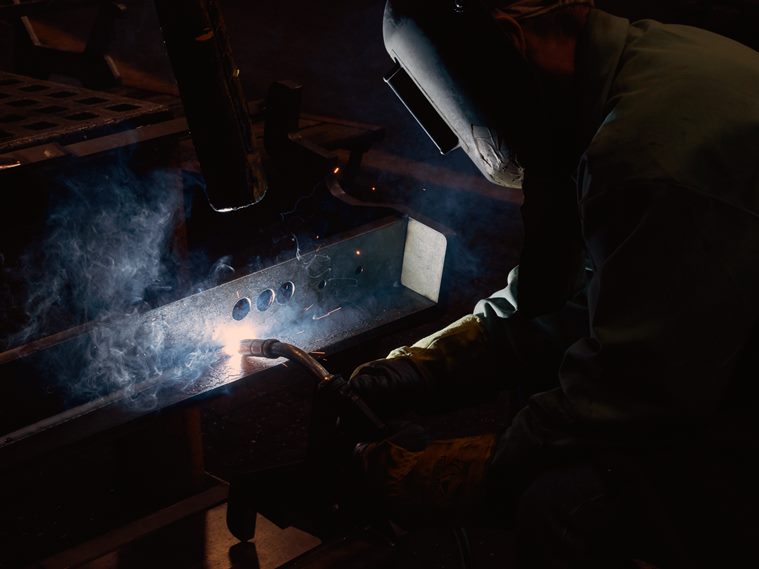
Michael Gapen, chief US economist at Barclays, said the Fed’s next move will be anything but neutral. On Friday, he predicted that the central bank would cut rates by half a percentage point in July, followed by a quarter-point reduction in September.
Investors, too, are increasingly convinced that the central bank will slash rates. The futures market, where traders can bet on the direction of Fed policy, indicated Friday that investors believe there is an 82% chance of the Fed easing monetary policy in July, compared with a 17% probability just a month ago.
Expecting a rate cut, the financial markets bid up the price of stocks and bonds Friday, with the S&P 500 closing up about 1%.
While large companies seem more hesitant, small businesses are showing more optimism, said Andrew Chamberlain, chief economist at Glassdoor, the jobs site. Hiring at businesses with 50 or fewer employees is up 22% from a year ago, while job postings are down 3% at companies with more than 5,000 employees, according to his company’s data.
“If you are looking for sectors that would slow hiring because of uncertainty today, it would be large employers,” Chamberlain said. “Small companies are doing business locally.”